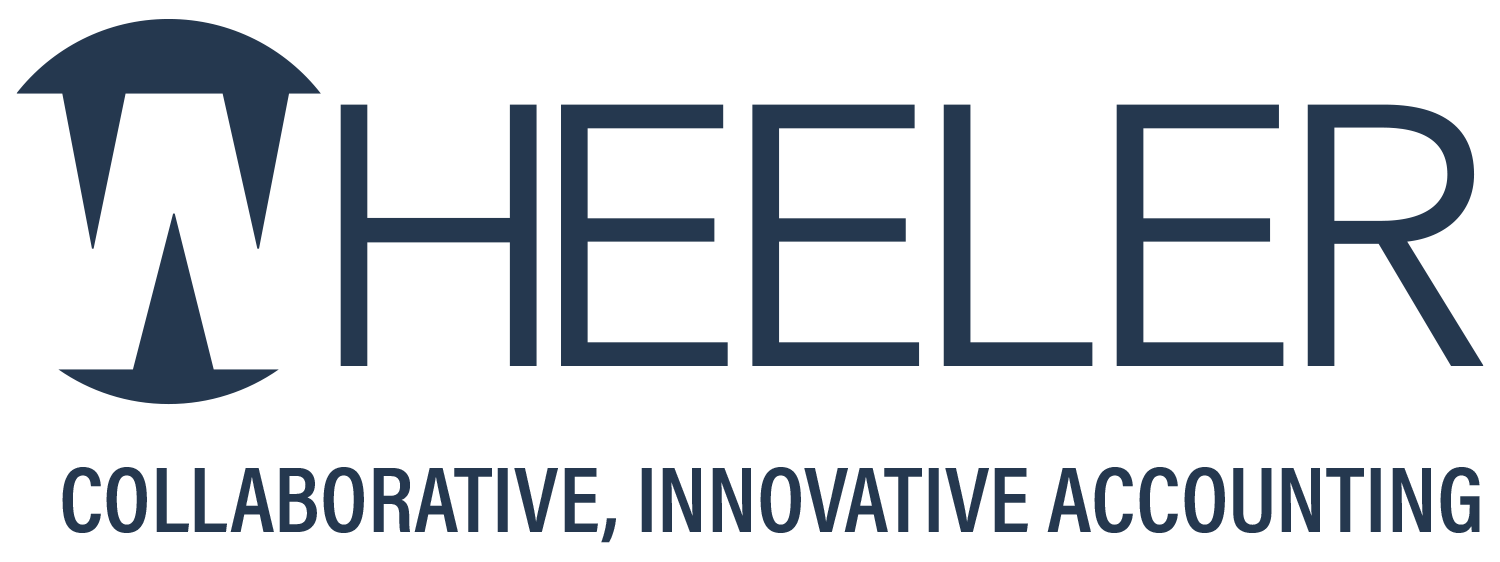
Are you wondering if there’s a hard and fast rule about what income is taxable and what income is not taxable? The quick answer is that all income is taxable unless the law specifically excludes it. But as you might have guessed, there’s more to it than that.
Taxable income includes any money you receive, such as wages and tips, but it can also include non-cash income from property or services. For example, both parties in a barter exchange must include the fair market value of goods or services received as income on their tax return.
Nontaxable Income
Here are some types of income that are usually not taxable:
- Gifts and inheritances
- Child support payments
- Welfare benefits
- Damage awards for physical injury or sickness
- Cash rebates from a dealer or manufacturer for an item you buy
- Reimbursements for qualified adoption expenses



 In addition, U.S. taxpayers with foreign accounts exceeding certain thresholds may be required to file Form FinCen114, known as the “FBAR” as well as Form 8938, also referred to as “FATCA.”
In addition, U.S. taxpayers with foreign accounts exceeding certain thresholds may be required to file Form FinCen114, known as the “FBAR” as well as Form 8938, also referred to as “FATCA.”


 Wheeler Accountants makes the Silicon Valley Business Journal’s list of largest accounting firms in the Bay Area. The ranking is based on number of client service professionals. This year we were ranked 42nd largest, moving up three spots for 2017. We are very proud to have so many talented client service professionals.
Wheeler Accountants makes the Silicon Valley Business Journal’s list of largest accounting firms in the Bay Area. The ranking is based on number of client service professionals. This year we were ranked 42nd largest, moving up three spots for 2017. We are very proud to have so many talented client service professionals. 
